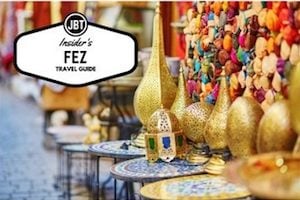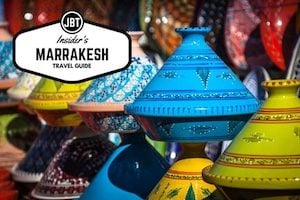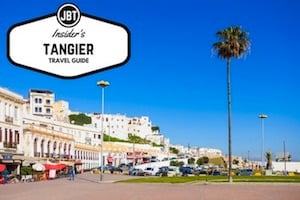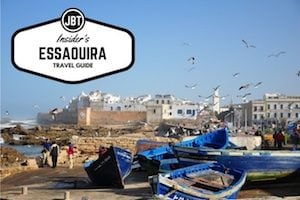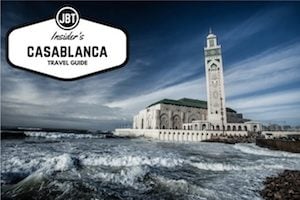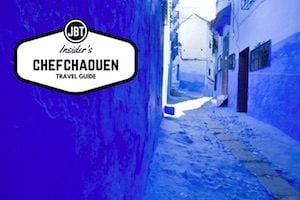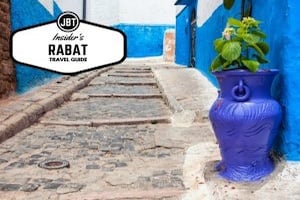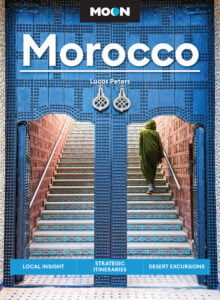 Ouarzazate often considered the last big outpost before the Sahara Desert. Filmmakers and crews alike have flocked here in recent years to film blockbusters such as Game of Thrones, Gladiator, Kingdom of Heaven, Prince of Persia: The Sands of Time, Body of Lies, The Mummy, Babel, Spy Game and many other movies in and around this desert city. If visiting this locale is on your to-do list during any Morocco holidays you might plan, don’t confine yourself to the city alone. There are many day trips from Ouarzazate that are worth the time.
Ouarzazate often considered the last big outpost before the Sahara Desert. Filmmakers and crews alike have flocked here in recent years to film blockbusters such as Game of Thrones, Gladiator, Kingdom of Heaven, Prince of Persia: The Sands of Time, Body of Lies, The Mummy, Babel, Spy Game and many other movies in and around this desert city. If visiting this locale is on your to-do list during any Morocco holidays you might plan, don’t confine yourself to the city alone. There are many day trips from Ouarzazate that are worth the time.
Merzouga
This city is located 50 kilometers from the Algerian border and about 300 kilometers from Ouarzazate. While this is a bit of a drive, this small city is located near the famous sand dunes of Erg Chebbi and Erg Chigaga. Erg Chebbi reaches 150 meters tall and spans 22 kilometers from north to south and 5-10 kilometers east to west. Many camel treks ranging from a few hours to several days depart from this city. If you’re interested in “seeing” the Sahara, but perhaps not for more than a few hours, visiting Merzouga is a great way to do so.
Interestingly for a desert town, Merzouga has the largest underground body of water in Morocco. In the summer months, you’ll see many Moroccan tourists who visit in order to be buried up to the neck in the sand; it’s believed to treat rheumatism.
Ait Benhaddou and Telouet Kasbah
Caravan routes snake throughout Morocco with a major route leading from the Sahara to Marrakech, winding through Ait Benhaddou. The city is well known for its kasbahs, and the most famous one is Telouet Kasbah. The city is a UNESCO site and has also been used in many films like The Sheltering Sky, Gladiator and Alexander.
The city is most famous for the Glaoui family, including Thami el Glaoui or the Lord of the Atlas. Thami was the pasha of Marrakech from 1912-1956 and was the chief of the Berber Gloua/Glawa tribe of the southern Atlas. He is most notorious for conspiring with the French rulers of Morocco to overthrow Sultan Mohammed V. Telouet Kasbah is the once lavish home of the el Glaouis. It was abandoned in 1956 after the death of the pasha and has been crumbling ever since. This place is replete in Moroccan history and a location not to be missed.
A visit to this city during the spring is a true treat. Every May the city throws a massive rose festival to welcome in the crop that sustains much of the area. The fields are literally covered with roses of every color. If you’re able to catch the rose festival, it’s a trip of a lifetime. Thousands of roses are harvested at this time and the smell throughout the city is intoxicating. There are several walking trails around the city. If you can’t visit during the few months the roses blossom in spring, then skip this day trip.
Skoura
Consider packing a picnic lunch, and taking the 40km drive to Skoura, an oasis in the middle of the desert, quite literally. Two rivers feed into Skoura, which has been a stopover point for hundreds of years. The Amerhidi Kasbah is the most recognizable landmark in the area, as it has been immortalized on the back of the 50 dirham note. There are several other smaller kasbahs nearby as well.
Zagora
Even though it is a small desert city, Zagora is well known. Each December, the Zagora marathon challenges racers to a trail course that winds through the natural wonders of the area. The city is flanked by a mountain, also named Zagora, at the top of which Almoravid Kasbah still stands. The city is the last stop on the marked roads before the Sahara Desert. There aren’t a lot of attractions in Zagora proper, but if you’re interested in a 4×4 or camel trip into the Sahara, this is a likely starting point.
Tamegroute
Spiritual seekers must make a stop in Tamegroute. It has been a religious center since the 11th century and in the 17th century was the religious seat and learning institute of the Sufi order of Nasiriyya. In order to elevate from a village to a city, or medina, merchants and craftsmen were brought in from Fez to teach the inhabitants skills such as pottery making. Tamegroute is again a small village but the artisan traditions carry on. The city is famous for a green glaze that distinguishes the pottery of this region. Every year, one month after Eid el-Kabir, a festival is held in the city to honor Sidi Muhammad bin Nasir, the founder of the Sufi order. Most likely due to its desert location, parts of the city are built underground, with tunnels and stairways linking everything together.
Written by Amanda Mouttaki.
Photo by Robbie’s Photo Art.
Check Out:
Golden Sahara Tour – A popular tour that takes travelers into the heart of the Sahara Desert.
Magical Sahara Tour – A trip that takes travelers off the beaten path around the Sahara Desert.

